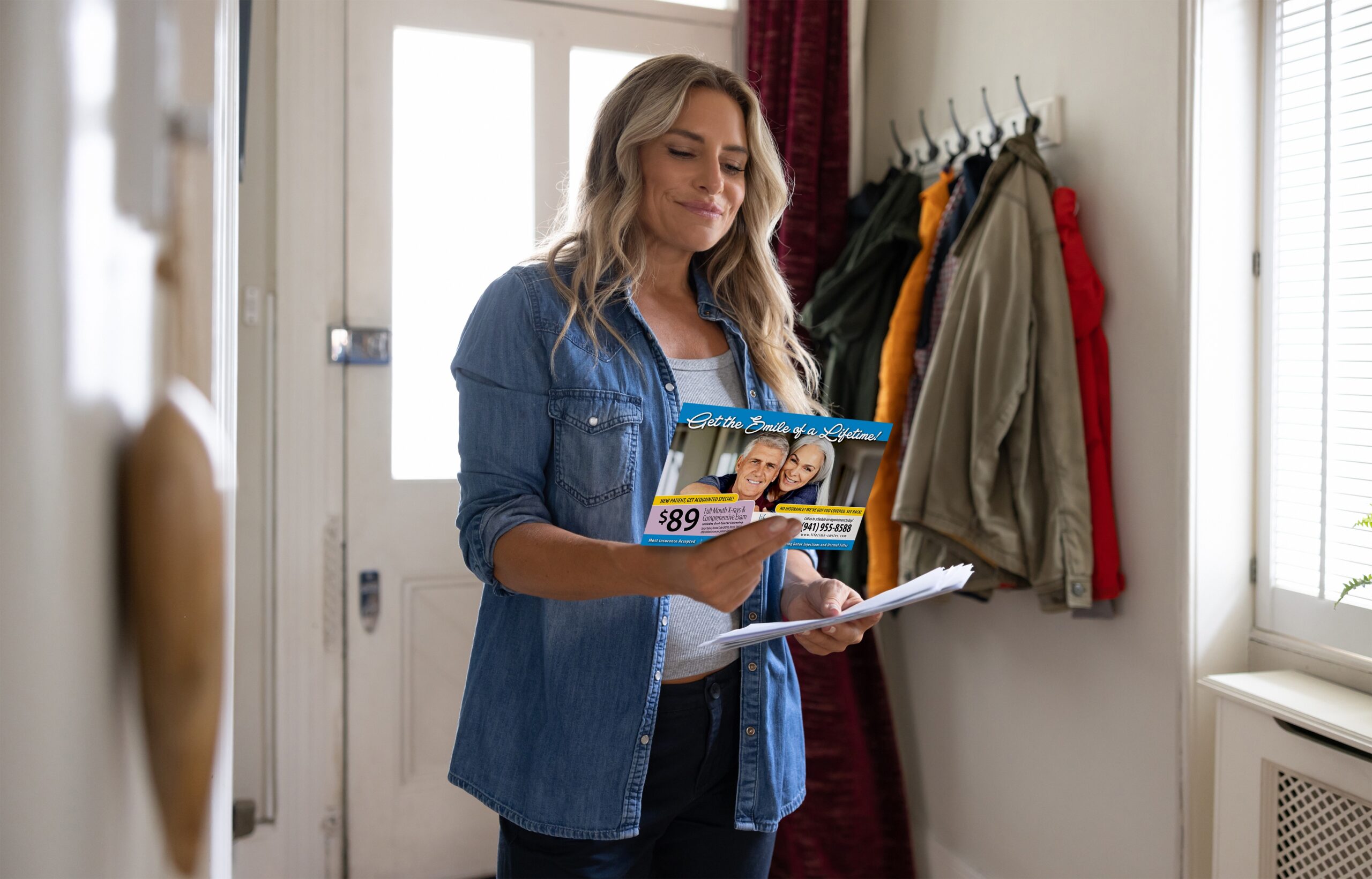
Perfect Your Proofing
Mark Hale ‐ November 12, 2013
 You spend money and time creating a full color brochure. You have your wife look it over, your secretary and your neighbor all check for typos. You feel confident that all the mistakes have been caught so you OK the artwork for printing. When the brochure arrives the first thing you see is the phone number is wrong. How could everyone have missed that?
You spend money and time creating a full color brochure. You have your wife look it over, your secretary and your neighbor all check for typos. You feel confident that all the mistakes have been caught so you OK the artwork for printing. When the brochure arrives the first thing you see is the phone number is wrong. How could everyone have missed that?
How should you proof a document? What do you need to check? How are things missed? Just what are some of the things that should be checked during the proofing process? The basic rule of thumb in proofing is not necessarily in how many people proof the document but “how” the proofing is done.
Here is a list to perfect your proofing strategy:
Always proof a printed hard copy. Do not ever proof something that is going to be printed on a computer monitor. There is a tendency to scan a document when it is displayed on a computer monitor. More things will be missed and errors undetected when proofreading is done on a computer. Always print out a hard copy.
Proofread by reading aloud. The best method of proofreading text is to read the text aloud to another person who also has a copy of the text. When the sentence is spoken aloud errors jump off the page. Because two people are reviewing the text at the same time you will have four eyes reading and errors will instantly become evident. You will also catch sentences that do not make sense. This is by far the fastest and most effective way to proofread the printed word.
Proof the text. The first place to start is the text. Review all text for spelling and grammatical correctness; check punctuation, and most importantly, accuracy of content. Making changes to text later in the production process will only slow things down, so make sure that everything is perfect before moving on to the next step.
Proofing the images. Viewing the images on your computer is a great place to start, as long as your screen is calibrated properly, but keep in mind that the colors on screen will not be a perfect match to the colors that are printed. Also the back lighting on the computer monitor will tend to make some images appear brighter. Be sure to check the size and resolution of the image, you want all photos to be at least 300 DPI for printing. For this reason you cannot use images that are lifted from a website because web photos tend to be low resolution at 70 DPI.
Proof the layout. It is also a good idea to print out the pages. Look over the typography, placement of images, illustrations and text, as well as hyphenation and line arrangement, page format and bleeds.
Double-check phone numbers and addresses. Sometimes so much of the attention is put on the text, images and message of the piece, that important data like phone numbers and addresses are skimmed over. Make sure you double-check the phone numbers and addresses on every proofing round. It is easy to think that someone else has surely checked the phone number or address, yet this is the number one error missed when proofing.
The difference between a thorough proof and no proof at all is the time you may spend having to redo a job. Taking the time at the beginning will save you time and money in the long run.
Mark Hale
CEO
High Quality
Printing And Design
Our Services
- Postcard Printing
- Business Brochures
- Booklet Printing
- Flyers
- Signs and Banners
- Customer Thank You Cards
- Websites
- Custom Pocket Folders
Join 1,000s of
happy customers






